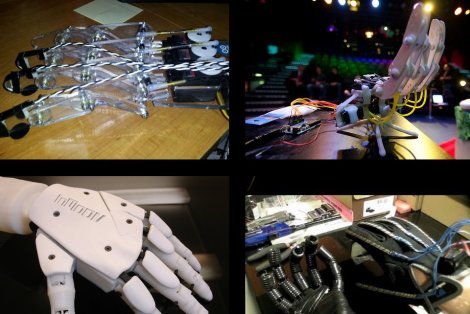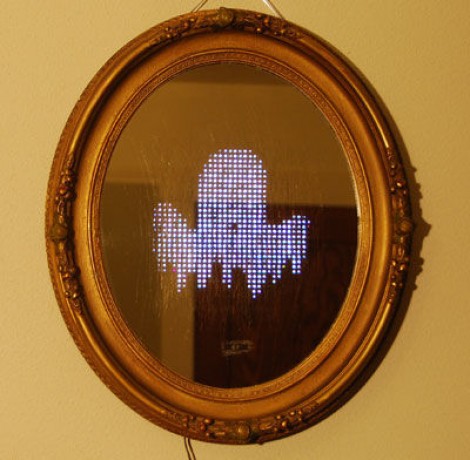
Seriously, this Nyan Cat hat is the only part needed for a fantastic Halloween costume. It looks pretty good in this still image, but we dare you to watch the clip of it in action (embedded after the break) without letting a beaming grin creep onto your face. Everyone’s going to just love this… until it starts to get really annoying.
When switched on, the iconic meme rotates around the headgear, bobbing its head and tail as she sings the song of her people. There are also stars made of white LEDs that twinkle very brightly in the process. The presentation is quite good, but even better is seeing the build process. Luckily [Ben Katz] posted a series of detailed articles during the adventure. The mechanism responsible for driving the cat around the hat was laser cut from acrylic. It includes a large gear with teeth on the inside, which is interface by a continuously rotating servo motor with a much smaller gear. The head and tail bobbing are purely mechanical, using the revolving motion to turn a spindle as the cat makes its way around the brim.
Continue reading “Nyan Cat Hat Will Be The Hit Of The Party…. For About One Minute”

















